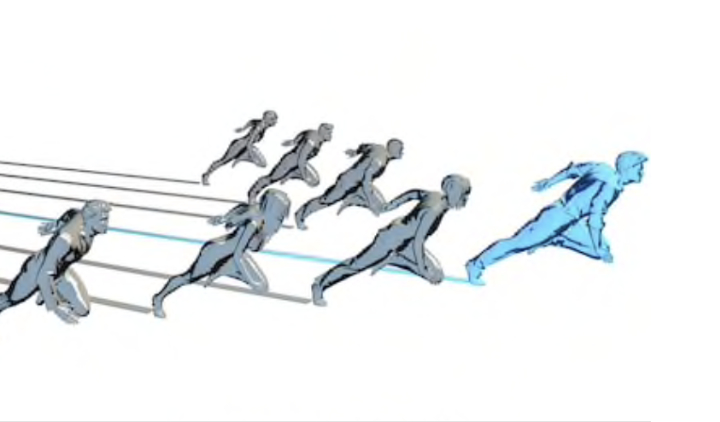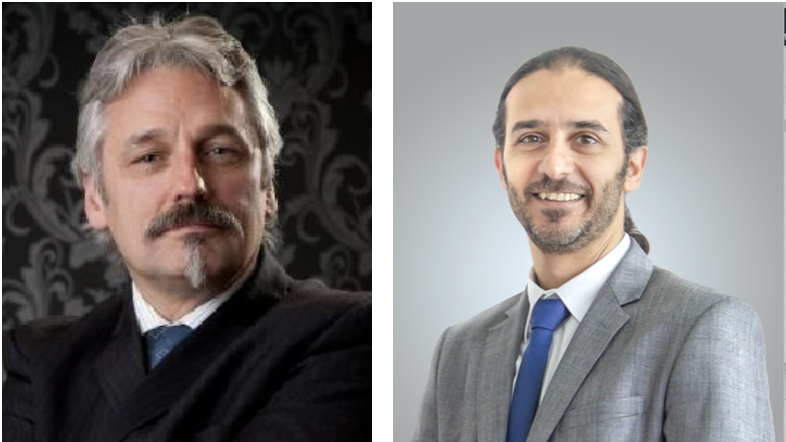One of the big challenges in organisations today, is engaging the people to contribute to improving their own workplace. Gallup produced a report in 2017 highlighting that 85% of employees worldwide are not engaged or actively disengaged in their jobs. It has also indicated that 69% of the people said they would work harder if they were better appreciated and valued by their leaders.
This provokes few questions: What do leaders need to do to engage people?, How are leaders going to manage and maintain people engagement?, How to capitalise on people engagement for the organisational benefit and individual benefit?
Leaders need to adopt a model for growth where they routinely and systematically teach, mentor, and coach those who report to them. This model is based on the inverted organisation first presented with TQM in the late 60’s, it is also sometimes referred to as a servant leadership model. This model ensures that the organisation is continually developing its capability and capacity for growth by setting the direction and expectation for its people. The leader’s aim is to continually and consistently develop people on the job to embed the understanding and empower the organisational culture. This growth model fosters a ‘Respect for People’ frame work that focuses on growing people to grow the business.
To enable the model for growth and achieve workforce development the organisation needs a people management system to engage, coach and support them. The system must be designed by leaders in a way that influences the thinking and behaviour they want to instil in the people. It also has to have a built in routine of practices that engages and reminds people constantly about the organisation culture and values.
People pass through 4 phases in a learning cycle. First is awareness where the individual has limited knowledge and insight about the new skill. It is the stage that takes a lot of effort to apply the skill, and the stage where most people give up unless they are encouraged to persist.
In the second stage the individual is gaining knowledge and expanded awareness of what’s required to develop the skill. In this phase the individual gains understanding and experience as he/she struggles to develop the new skill. Individuals can easily revert back to old habits or give up if there is little or no reinforcement. The reinforcement can be either positive reinforcement: such as recognition, acknowledgement and coaching, or negative reinforcement: such as reprimands or penalties. Whilst both positive and negative reinforcements work for influencing behaviour, positive reinforcement is more effective in connecting the person with the value and benefits of learning the skill. The role of a leader is essential in the first two stages to support, challenge and coach the person developing the skill.
The third stage is increasing the level of understanding, beyond just knowledge and skill, the individual gains confidence in their ability and increases his/her experience through repeated practice. It starts to become very familiar and developed as a habit. This is the time when a leader can start to let go and, ذ, to ask questions, to assess the level of understanding and the results. Finally at stage four, through the development of the habitualised thinking patterns, the individual reaches a level of mastery of the skill and doesn’t need to think about doing it, it has become natural for them.
What is meant by a people management system?
You might think that you already have it developed in your organisation. People management system is not the training policy, health and safety policy or performance management system. It is a business management system for people development.
It is a system that enables leaders to engage with their people in their work place and find out how they can make it more effective. It is finding a time and a place to observe individuals in their actions and thinking, and to assess the maturity of their thinking. This is done through questions, encouraging challenge and guidance. This approach empowers people in their work place and helps them grow and develop new skills quickly. The people development system aims to develop the required habits and new thinking patterns to achieve better results through workforce engagement.
The business management system for people development should be based around structured staff engagement routines. The system should help leaders assess how their people are thinking and developing a continuous improvement mind set. This can only happen by having leaders in the work place or gemba observing the work and the way people are applying the improvement tools to solve problems or increase performance.
I have identified eight key people business management systems that leaders should adopt and adapt to their organisation’s structure to leverage the organisational growth model:
- Visual Performance Management
- Scientific Problem Solving
- The 5S Workplace Organisation
- Andon ‘Escalation & Support
- Standardised Work
- Hoshin ‘Strategy Deployment
- Process Assurance (BIQ)
- Continuous Improvement ‘KATA, PDCA’ Scientific Learning System
Leaders need to keep in mind that their biggest asset is their people. They need to develop the people business management systems in a way that fits with the organisation purpose, vision, culture and beliefs. Doing this leaders will grow their workforce to achieve their potential.
To know more about these people business management systems and how to make them work for your organisation contact us.


